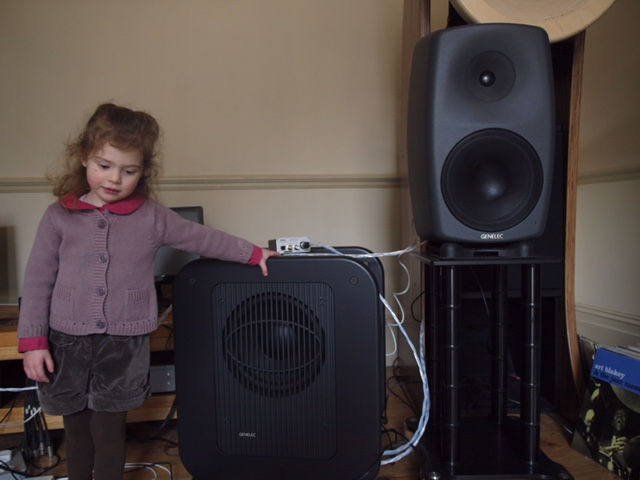To cardioid or not to cardioid?
- Keith Cooper

- Feb 19, 2024
- 3 min read
Cardioid versus non-cardioid response?
Cardioid of course, really no need to read any further.
I have been convinced of the benefits of a cardioid response since I compared Dutch&Dutch’s 8Cs ( C for cardioid) and their 8M ( monopole) loudspeakers, same enclosure, same drivers, but the 8Cs have a cardioid response through the mid-range which reduce by -24dB the speakers output to the back and sides of the loudspeaker.
The 8Cs were just that bit clearer, just allowed you to hear a little more into the recording and measurements taken with REW corroborated.
In the subsequent years the 8Cs measurements compared with non-cardioid designs have always been tidier through the critical mid-range region, this is due to the reduction of SBIR (speaker boundary interference response).
Dutch&Dutch no longer make the 8M , but Sigberg Audio do make the dual cardioid, 4-way ‘Manta’ and they make the SBS.1 another four way design, co-axial mid/treble driver and dedicated mid bass driver but no cardioid response .
I thought it might be interesting to compare again cardioid versus non -cardioid response with these two ostensibly similar loudspeakers.
Set up is two Eversolo streamers connected via USB to my Roon ‘Nucleus’ and then XLR out to the two sets of speakers.

I level matched with pink noise and an SPL meter and disconnected the two Sigberg D10 subwoofers ( dual opposed 10” drivers) from the Mantas and the two Inkognito subs ( one 12” driver in a pizza box configuration.
The two Sigberg speakers the SBS.1 the small ones ( in the photograph below) and the Mantas, the larger speaker with the cardioid slots are designed to only extend down to 80Hz , coaxial mid/treble and dedicated mid-bass 8” on the Manta 6.5” on the SBS.
Both speakers ‘must’ be used with subs for a full-range response off-loading bass duties solely to the subs hugely decreases distortion in the main loudspeakers,consequently both Sigberg designs have real punch and body.
Pictured below is the Sigberg ‘Inkognito’ 12” subwoofer in upright position driver against the wall, the shallow depth of the Inkognitos makes them much easier to hide in a room they could for example be placed under the sofa or even used as a low table.


Roon software allows you to switch more or less instantly between sources, in this case the two Eversolo streamers, but perhaps not quite as seamlessly as Charlie's Grace M905 ,see my Blog article 'loudspeakers work or pleasure'.
The verdict:-
The speaker with the cardioid response is just clearer ( don't say I didn't warn you) the Mantas with their dual cardioid response, specifications of which below,
'Cardioid dispersion characteristics (120-180°):~100-500hz: 10-12dB attentuation~500hz-1khz: 16-20dB attentuation~1-5khz: 25dB attenuation'
are just crisper, an instrument or vocal for instance are both more clearly defined and more solidly formed, they appear to hang in real space, as if one can perceive the depth between he vocal and the instrument behind, simply a more holographic experience.
In some respects not dissimilar to the Bacch cross cancellation available for the Dutch&Dutch 8cs.
Sigberg Audio and Dutch&Dutch are not alone in manufacturing loudspeakers with a cardioid response, MEG Geithain implement cardioid through the bass region and Genelec produce their W371A which can again create a cardioid response through the lower bass.
There is some debate whether a completely full-range cardioid response would further improve sound quality, but that comparison will have to wait until 'X' arrives!
Keith



Comments